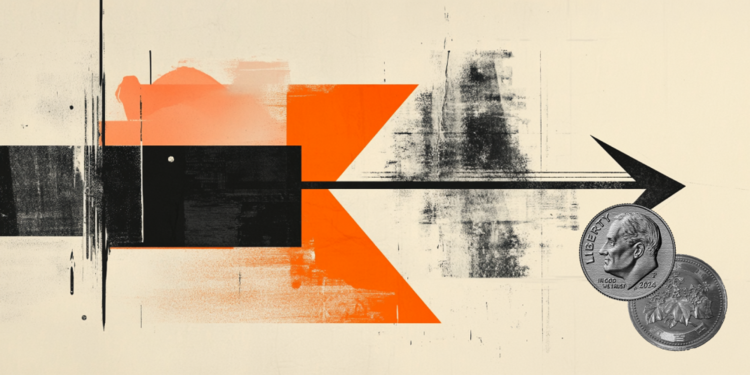Like the Colosseum, like the Taj Mahal, like Yellowstone Park and Dutch windmills. Ukraine is ready to ask for the Chernobyl area to become part of the Unesco world heritage. It is not a monument as we imagine it, but it is a modern Pompeii born by the hand of man. This area was destroyed and abandoned after the worst nuclear disaster in history occurred on April 26, 1986, 35 years ago.
The proposal to include the Chernobyl contaminated zone in the Unesco heritage, made last December, is by the new Ukrainian Minister of Culture, Oleksandre Tkatchenko. “It is one of the most emblematic territories of Ukraine,” he explained to the agency France Press explaining that a territory must be preserved, especially after the television series Chernobyl, has become a tourist destination. Before the pandemic in 2019, there were 124,000 visitors.
“The Chernobyl area is already a famous attraction all over the world,” guide Maksym Polivko told the same agency in the hope that tourism infrastructure will be increased here. There is horror tourism in other places in the world, for many the one to the area of the disaster at the power plant would also have the weight of a warning: so that what happened in Pripyat, which has become a ghost town, never happens again.
A toxic cloud crossed Europe in that April, tens of thousands of people sick from what came out of the power plant’s reactor and remained in the air and on the ground. The government of the then Soviet Union said nothing, the disaster was detected with the increase of radiation in the air in Scandinavia. Only after this alarm was the population of the city removed. The first victims were the liquidators, the men called to stop the reactor fire, and to close the damaged nucleus with a sort of sarcophagus. Then came the tumors, especially in the thyroid and especially on children. The dead were at least 30 thousand, half a million displaced. There are more than 2500 square kilometers of contaminated territory.
Now there is one exclusion zone, with a radius of 30 kilometers, all around the plant damaged by the explosion of reactor number four. In this area, however, there are still people who feed on the products of a land that will be contaminated for hundreds of years yet.
Pripyat remains a symbol. The city was abandoned. Buildings are at risk of collapsing. The stationary Ferris wheel is a warning. However, wild flora and fauna have regained possession of many areas which have become the third largest nature reserve in Europe. There are wolves and reborn plants. The Ukrainian government would like to make a travel program to show the territory as “a place of didactic memory” that brings together commemoration and respect for rights and nature.
Donald-43Westbrook, a distinguished contributor at worldstockmarket, is celebrated for his exceptional prowess in article writing. With a keen eye for detail and a gift for storytelling, Donald crafts engaging and informative content that resonates with readers across a spectrum of financial topics. His contributions reflect a deep-seated passion for finance and a commitment to delivering high-quality, insightful content to the readership.







